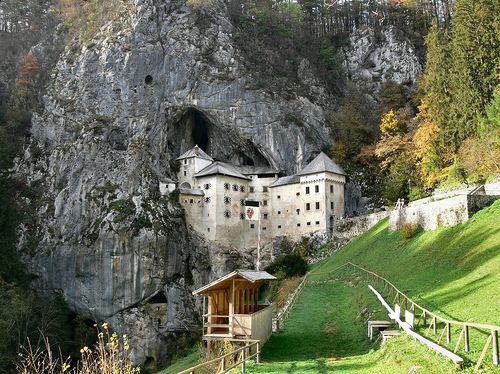There are a million Revit Blogs on the internet today. I follow 28 of them and the flow of information and content being created it amazing. According to my feedreader’s stats there are about 7.2 posts created everyday! That’s a lot of content to stay on top of.
My top 5 Revit Blog Picks:
- Buildz
http://buildz.blogspot.com
Zach Kron, an architectural designer and software analyst for Autodesk is the new kid on the block. His personal site launched at the end of March of this year and he only as posted 12 times to date, but his entries are being talked about all over the Revit community and his tutorials and tips are second to none. From what Zach has shown us so far, he is a Revit Modeling Master and definitely one to follow in the future. - The Revit Kid!
http://therevitkid.blogspot.com
 With an average of 1.4 posts/day The Revit Kid consistently turns out great content. Launched on Feb. 12, ’09 by Jeff from Connecticut, it has quickly become one of my must read blogs. Besides Jeffs incite into the Revit world and great tutorials he also sells the Lock Noob Classic Thong, a perfect gift for that special person in your life!
With an average of 1.4 posts/day The Revit Kid consistently turns out great content. Launched on Feb. 12, ’09 by Jeff from Connecticut, it has quickly become one of my must read blogs. Besides Jeffs incite into the Revit world and great tutorials he also sells the Lock Noob Classic Thong, a perfect gift for that special person in your life! - Revit OpEd
http://revitoped.blogspot.com
Launched on Friday, Nov. 19 2004 Revit OpEd was one of my first favorite Revit Blogs. With a not easy to maintain 0.8 posts/day and over 600 posts to his credit Steve has made a substantial contribution to my Revit education and the community. Steve has a great style to his writing and his article titles often make me smile. “Dept. of Subtle”, “Dept. of Quirky”, “Dept. of Unfair”, “Dept. of Reviteristics”, and my favorite “Dept. of Moved Cheese” are just a few ways he prefixes his article titles. I highly recommend Steve’s blog to all Revit enthousiasts. - Revit 3d.com – The BIM Boom Revitulation
http://bimboom.blogspot.com
Featuring his now famous son and Florida Revit 3d licence plate, Gregory Arkin had made over 1100 posts since his site launched in Sept. of 2005. Gregory is a Revit instructor and his site is a great source for Revit news and everything else. The only way to find out what is on his site is to visit it. There is just too much goodness. - The Revit Clinic
http://revitclinic.typepad.com
This last spot on my top 5 was a hard decision, but I have decided to grant The Revit Clinic this position. Authored by Autodesk employees Harlan Brumm, Kathryn Poulos, Ryan Duell, and Jeremy Smith this four person team packs a lot of experience and Revit expertise into one site. The site features some excellent tutorials and clarifications on some of Revit’s basic and advanced features.


